Whenever I talk about going to see specific animals, people ask how I know those animals are sure to be there. They ask about fences or enclosures, or whether the creatures are “tame.” For most people, wild animals — being wild — could be anywhere.
One thing I really learned from my time with Finch was about the notion of habitat. There are so many things I learned about the planet from accompanying him, seeing things through his lenses and knowledge, but one of the most profound is about habitat, about where creatures live, and how to find them. How if you look, if you pay attention, if you are persistent, you know exactly where creatures will be, with astonishing accuracy. What they eat plus who their predators are plus time of year plus subtle changes in habitat give you so much information. I learned about what it means to know where you live.
I remarked to someone the other day that being with Finch was like visiting another planet — a planet filled with polar bears and icebergs and whales you can kiss, and jaguars that are just there, looking fearsome and leaving you alone. What’s under the sea, and the earth, and above it, and what’s on it. Where cocoi herons eat fish, and where and when you can find a blackburnian warbler in Toronto, or where an amazonian kingfisher happily hunts fish on a Brazilian river. Where the grey jays will come and eat out of your hand.
And now I feel a bit like I got spat through a wormhole and am back on earth, mulling over what it is I saw on my amazing journeys.
Searching for the jaguars in Brazil last summer really brought home to me the intense, amazing possibilities of looking for creatures where they live, how a bit of knowledge about why they do what they do, and a lot of persistence, make a kind of miraculous “luck.” We knew that the jaguars live along the strips of river in specific parts of the Pantanal, and we knew they show up more at dawn and dusk, generally, and that they need to come down to the river for water. Add that to guides and scouts who are in touch with each other, and there you are, in your little boat, there you find the miracle.
We saw about a dozen jaguars all together, I think, over our four days, including this one mating with his female. Almost no one sees that.
One thing I found deeply amusing was that even as we were searching for them, even as our little boat gently patroled up and down the rivers, every time I saw a jaguar, I gasped, startled. We were looking for them, and they were there, and it surprised me every time. They were so big, so unexpectedly large and present.
And apparently I have a highly developed startle reflex. I had the same experience when I stalked the mountain gorillas in Uganda a few years ago. We were looking for them — we walked for miles, doing nothing but hunting for the gorillas — the guide said they were just the other side of the clearing — and then as I saw the first blackback male just a couple of metres away, I gasped and drew back, and he pseudo charged me in response.
I was thinking about this notion of habitat because we are planning to see the Chimpanzees in Kibale when we go to Uganda later this month. I am quite taken with the notion of seeing an endangered species in their natural habitat, in the wild, see it as an homage to one of my heroes, Jane Goodall. One of the members of our group is quite nervous, thinking that he prefers them to be “tame,” predictable.
What I learned from being with Finch is that wild creatures are eminently predictable — you know when migrating birds are going to be roughly in an area, and when they aren’t; you know how jaguars and polar bears and whales are going to behave, and how they won’t. You know the snow geese and sandhill cranes will be at Bosque del Apache in February. They’re not going to behave like zoo animals, generally speaking, but if you pay attention, there is no way you are in danger. With the exception of polar bears, very few animals are genuine predators of human beings if unprovoked. You know they stay in their habitat because it doesn’t make any sense for them to stray outside it — it’s dangerous for them, or limits food, or means they cede their territory to someone else.
That’s true for birds and capybaras and their ugly little cubs,
and it’s true even for a bloody sea of caimans. Hard to believe that I actually quite comfortably climbed out of our little boat and shooed caimans off the bank so I could pee, albeit a little nervously.
And it’s true for the much more unexpected creatures, like the tapir we miraculously saw enter a river and swim across right in front of us.
Honestly, I didn’t even know what a tapir *was*.
I’ve been thinking a lot about habitat because I’ve been thinking a lot about home. I was lamenting to a friend that I don’t much feel like I have a home — like I haven’t felt that way for a long time now. “Home isn’t a place with you,” she said, quite reasonably. “Home is who you are — you take it with you.” I do know that I’ve worked at feeling “home” through technology, staying connected with people wherever I am, through what I shove into my overpriced Tumi duffle. That I felt a sense of home at Finch’s house in the Shire even when it also didn’t feel like home, and that the Austin house had that sense of my territory as well. Space I could rest and live and create in. I just wish I felt more of a sense of home than I do right now.
Finch really lives firmly in that tension between traveling and home, which was one of the core faultlines in our relationship. He wants a very very strong sense of home when he is home — his exploration of the world very counterpointed by a place to come home, lay out the gear, rest it and your weary body, eat the things you really want to eat. For him, that home involves a certain kind of female companion, one who makes home, who cooks certain things, keeps home when he’s not there. And despite part of my wanting to, I knew I couldn’t make his home mine. Not my habitat, the Shire, much as I could be a summer visitor, not my kind of role.
I’ve tried to find home a number of places over the past few years, from the overly noisy loft in Kensington to the ill-advised, expensive and short-lived move out west. Never settled in any place long enough to really feel homey. No cats. No one home when I get back.
I know that if I feel it out well enough, I’ll figure out what my habitat is. What my territory is, where the food sources are, what feeds me and lets me thrive. Right now, it’s feeling like more of a question mark than I want it to be. What I do know is that I need a bit of time in my own space to assimilate all of the places I’ve been, to lick my fur back into place, to think about what all of these encounters with wild creatures have done to create joy, how I’ve learned to overcome the fear of lowering myself into the ocean, to stand quietly even when startled, to watch and pay attention.


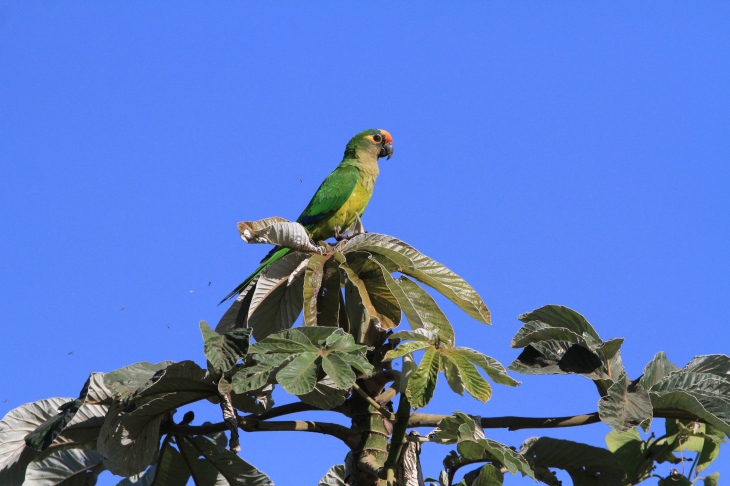
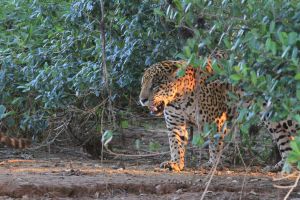


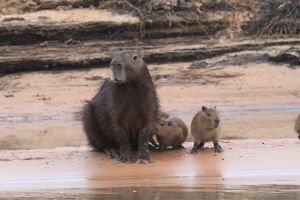
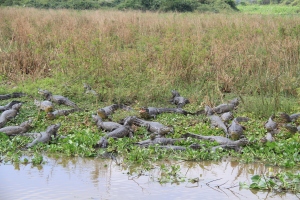
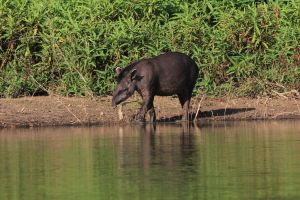


One day, perhaps, we’ll both find our home.
lovely photographs, and lovely, lovely, thoughtful post.
Thought-filled post, with lots of important links made. I grew up in a very small town in Northern New Brunswick, and while I participated in the school and the community, I never did feel “at home”. I left at 17, as soon as I graduated from high school. In the past year, I have felt “at home” in Costa Rica, in Paris and where I now live, in Pickering. While these are all very different places, the trick for me to feeling at home has been to connect with like-minded people in each of those places.